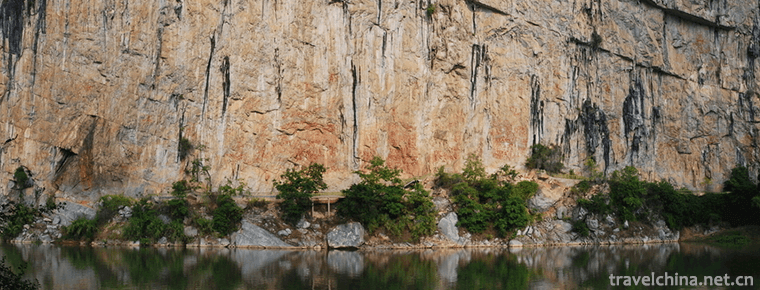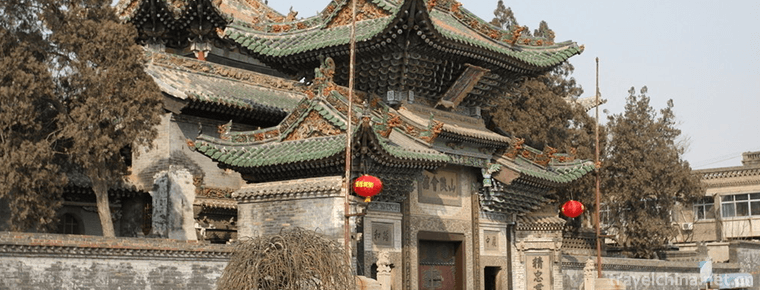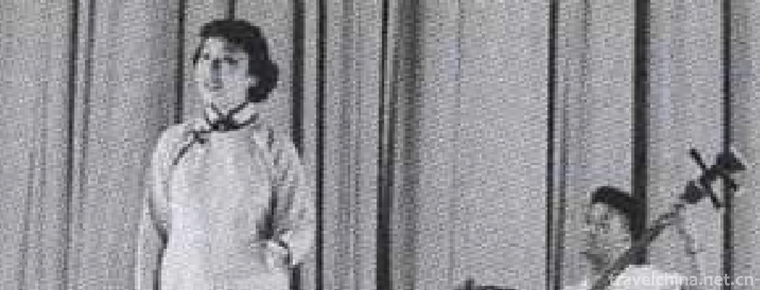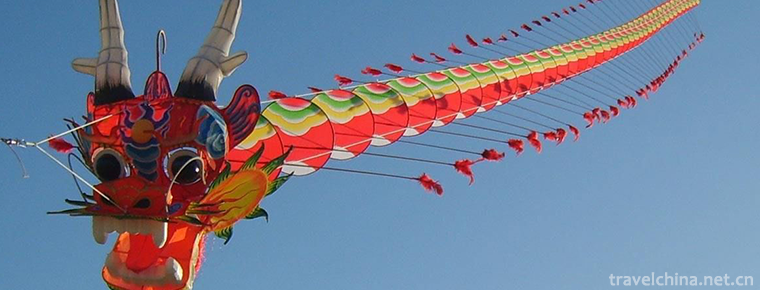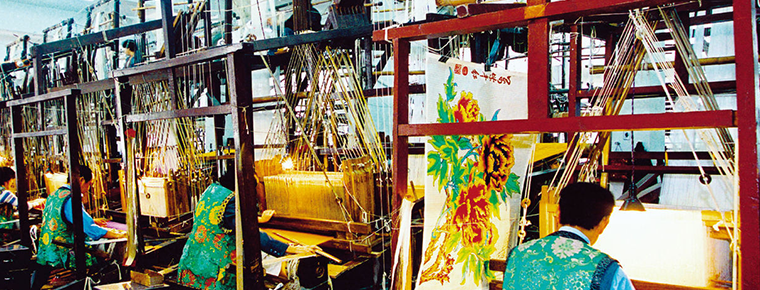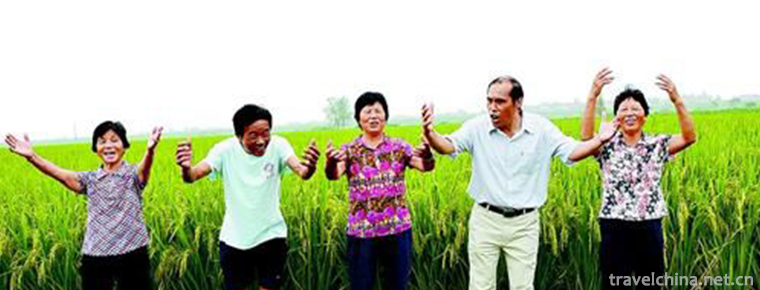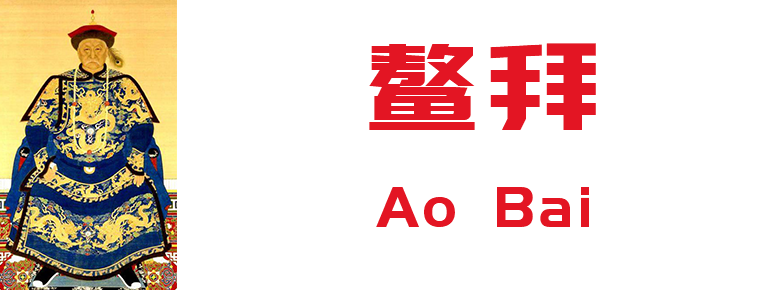Painting of Painted Sand Tancheng
Painting of Painted Sand Tancheng
He said that if we compare life to a picture scroll, if the world wants to be detached from things and hearts, should it also laugh away the glory or frustration, beauty or pain of the past? However, if we can calmly and quietly ascribe prosperity to sanding, will we breathe more freely and easily?
Tancheng is the "complete world of pride". In Sanskrit it is called "Manzala" and literally translated as "circle around". Its significance is as far as the secular symbolic altar city is concerned, that is, to surround the center of the immeasurable palace, or to surround many holy worshippers who can depend on the Lord's worship.
Tibetan is called "Jikuo", which means "Zhonglun" and "Lunyuan". It originates from the temple where Indian Buddhism sects, sects and their families gather. It is a kind of object that Tibetan Buddhism sects must worship when practicing. Its forms are various, mostly in the form of Tangka and murals. There are exquisite altar cities painted on the walls or ceilings of temples.
Tancheng is an imaginary palace. If it is called painting, it is a circular painting on the platform or square fabric. Most Tancheng is made of colorful sand or rock powder and grain, which are not permanent materials, twisted and scattered by hand. There are strict rules and detailed requirements in the process. The key places such as structure, location, length and name must not be mistaken. It is executed by trained monks.
Tancheng has a variety of sizes, one meter square, the larger Tancheng has a size of 56 square meters, bright colors, like a flat tapestry, as well as exquisite architectural models, can be called a religious art. After the ceremony, the Altar City will be wilfully destroyed, the sand will be cleaned and poured into nearby streams or rivers, so it is said that it is almost today's performance art.
Tancheng sand painting is made of special fine sand. The white sand used is made by hand grinding special stones, including gold, turquoise, agate and other precious metals and ores. Only after dyeing, can it become the basic material of Shatan City. There are six colors: white, black, blue, red, yellow and green. In addition to white and black, the remaining four colors are divided into three levels: deep, medium and light, which can be adjusted into 14 colors. Generally speaking, the five basic colors of blue, yellow, red, green and white correspond to the five Buddhas and the five wisdom.
The production of Shatan City requires the cooperation of several or even dozens of well-trained lamas. Before making it, the Lama will draw geometric patterns such as vertical line, diagonal line and circle on the pedestal as the basis of composition and positioning, then draw the outline, and then start drawing from the middle, gradually outward. Every step is made in accordance with the Buddha's teachings, which remain unchanged until now. Lamas who make sand altar city have been trained very strictly. They must keep in mind every detail and not create their own.
Drawing Tancheng is an arduous and meticulous process. Lamas need to wear masks, grind small grains of sand into special conical containers in advance, control the flow through light or heavy beating, leak sand on the template, build and sketch it carefully, concentrate on it, be meticulous, slightly careless, and abandon all previous efforts, depending on the size, take days to months. Various times.
From an artistic point of view, the whole picture has a rigorous structure and rich colors. With the help of sand grains, a medium full of layers and a sense of gravity, the meaning of religion can be fully expressed. Whether it is the Buddha sitting upright, or the creatures with different attitudes around the Buddha, or the ambiguous atmosphere around the world, they all have their own charm and form a perfect world in harmony. What is more amazing is that this unique creative technique limits the possibility of great changes, so the whole picture must be completed at one go, just as monks write out their own rotten world outlook.
From the point of view of behavior, the creation process of the monks themselves accords with the intention of the picture. Long creation, short joy after success, followed by unhesitating destruction. When the sandy altar city was completed and the law was passed. It will be dispersed. It disperses from the outer sand to the inner, representing all the old and returning to its original state of mind after death. In addition, it expresses the impermanence and emptiness of the world.
The rest of the destroyed sand will be packed and divided into two halves, half for the worshippers participating in the ceremony, and the other half will be spilled into nearby rivers, letting the running water flow to the sea with blessings, and then to the whole world.
Some people say that the vulgar explanation for the destruction of Tancheng is to show the illusion of the world. The exterior altar city was destroyed, but in the lama's mind, they have absorbed more energy through this practice, and the altar city in their mind is becoming stronger and stronger. Others say that Tancheng's works are to show the short and perishable life. It seems to warn us that life is a long effort, a short harvest, and the pain of loss.

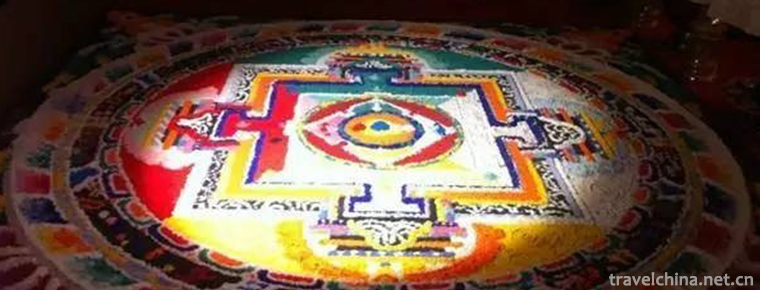
-
stired egg and tomato
Scrambled eggs with tomatoes, also known as tomato scrambled eggs, is a common popular dish among many people's families. The cooking method is simple and easy to learn, and the nutrition is reasonabl.
Views: 208 Time 2018-10-27 -
Huashan pictographs
Huashan rock paintings are located in the Zuojiang River and its tributary Mingjiang River valley of Chongzuo City, Guangxi (covering Ningming County, Longzhou County, Jiangzhou District and Fusui Cou.
Views: 174 Time 2019-01-17 -
Shanshan guild hall
Shanxi-Shaanxi Guild Hall is the place where Shanxi and Shaanxi merchants and businessmen associate with each other and worship gods. It combines exquisite architectural.
Views: 167 Time 2019-02-08 -
Zhaozhou Bridge
Zhaozhou Bridge, also known as Anji Bridge, is situated on the Juanhe River in Zhaoxian County, Hebei Province. It spans more than 37 meters across the river. Because all the bridges are built of ston.
Views: 178 Time 2019-03-17 -
Single string ziqu contains bifurcation
Single string ziqu, quyiqu. It is popular in Beijing, Tianjin, North China and Northeast China. During the reign of Guangxu in Qing Dynasty, folk artists compiled their own lyrics with octagonal drum .
Views: 238 Time 2019-04-25 -
Kite making skills
Kite making skills, Weifang City of Shandong Province, Nantong City of Jiangsu Province, Lhasa City of Tibet Autonomous Region, Beijing, Tianjin and other local traditional skills, one of the national.
Views: 119 Time 2019-04-29 -
Lu Brocade Weaving Techniques
Lujin brocade weaving technology, traditional handmade brocade weaving technology in Juancheng County, Shandong Province, is one of the national intangible cultural heritage..
Views: 194 Time 2019-05-15 -
Run Dong luo dongdong
"Lolola is a local traditional folk music in Hubei Province. It belongs to the first provincial intangible cultural heritage in Hubei Province. Jianli belongs to the Chu area of Jianghan since an.
Views: 297 Time 2019-05-15 -
Ao Bai
O Bai (about 1610) - 1669, Manchu: Oboi) Guwalgiya Manchuria is set in Huangqi banner. Mio Yuanhoon, Quan Chen, the son of Saul fruit of the tribal chieftain of the Qing Dynasty, the founding fathers .
Views: 235 Time 2019-09-11 -
Cao Pi
Wei Wendi Cao Pi (187 - 26 June 29th) Zi Wan Pei Guo Qiao County, Yuzhou City (now Anhui Province Bozhou City People. Three Kingdoms period Famous Politician , Litterateur , the Wei state of the Three.
Views: 196 Time 2019-09-15 -
Neijiang administrative division
Neijiang City governs 5 county-level administrative divisions (Municipal District 2, county-level city 1, county-2), and 83 township level administrative divisions (street 13, town 70). It covers an area of 5386 square kilometers and has a population of 4.27 million..
Views: 158 Time 2020-12-16 -
Yibin water resources
Yibin city produces 614500 cubic meters of water per square kilometer per year. In addition to the amount of water from various rivers in the city, the city has a total annual water volume of 242.84 billion cubic meters, and the average annual water occupatio.
Views: 358 Time 2020-12-18

